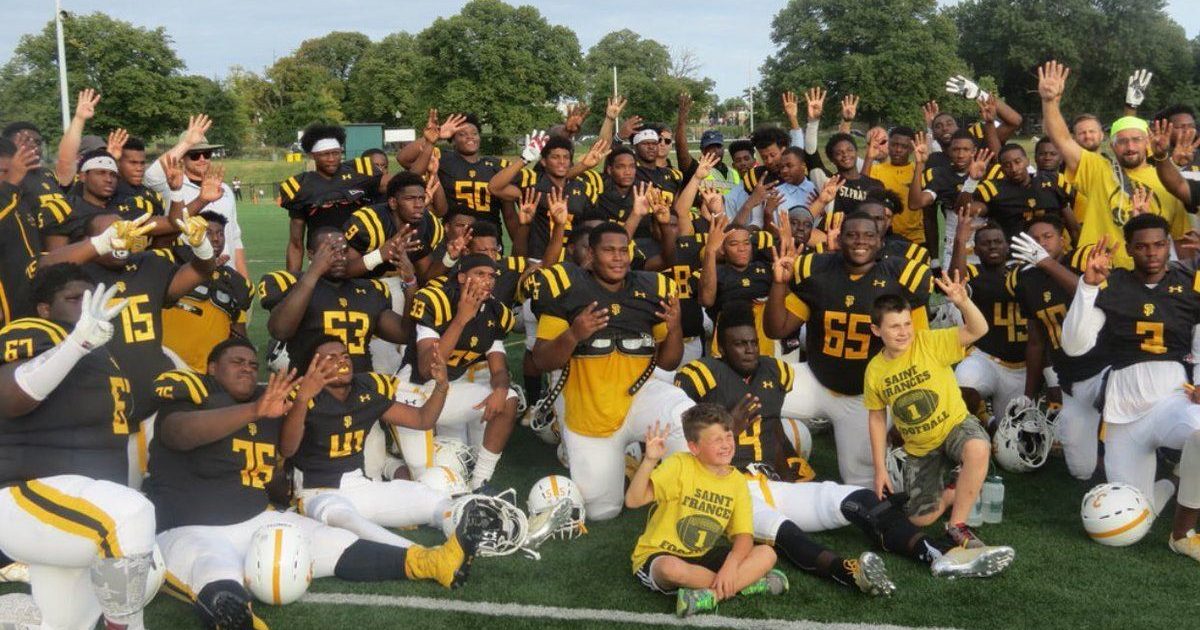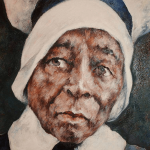Notice: Undefined offset: 1 in /var/www/wp-content/themes/jnews/class/ContentTag.php on line 86
Notice: Undefined offset: 1 in /var/www/wp-content/themes/jnews/class/ContentTag.php on line 86

By Rickey Hampton, Editor and Founder of TheAfricanAmericanAthlete.com
When you hear people talk about America inner cities these days the stories are almost always the same. Violence, death, destruction, and hopelessness. Chicago, Detroit, New Orleans, Miami, and practically any other urban area you can name, has certainly had its share of tragedies that play out all too familiar. Only the names and circumstances change.
However, if you search in these communities, there are always bright hopes for the future.

One such beacon of hope resides in Baltimore, next door to the Maryland State Prison, of all places.
The young boys and girls who enter the halls of St. Frances Academy may have prison inmates as neighbors, but their aspirations soar far beyond the physical and mental shackles of prison.
SFA began all the way back in 1828 as Saint Frances School for Colored Girls, founded by Mother Mary Lange and the Oblate Sisters of Providence. It the first sustainable Catholic sisterhood founded by women of African descent.
Over the years the name was changed to Saint Frances Academy, but the mission to educate and empower black girls, and later black boys remained the same.
“The Oblate Sisters were straight gangster,” said Butch McAdams, the legendary basketball coach, and radio talk-show host in the Washington-Baltimore area, with a laugh. “Seriously, they were all about education and discipline. And if that meant popping you a time or two with a ruler or paddle, then so be it. But they made you feel loved and empowered and valued as a person. That’s some powerful stuff.” Ironically, SFA is none more for its powerhouse football program and athletic teams than it’s incredible success in developing students who not only go on to graduate high school but college as well.
Sadly, only 44 percent of high school graduates out of Baltimore’s Public School system goes on to attend college. However, 98 percent of graduates from SFA attend college.
How has SFA taken kids who typically enter their school reading two levels behind their current grade, and living in circumstances below the poverty line and make them college-bound students? Athletics plays a significant role.
“We spiritually develop, we mentally develop, and we physically develop [our kids],” said Messay Hailemarian, director of football operations. “Those three components are what ultimately makes them a great person. Not only compete, but learn how to lose, not only win but learn how to fall and get back up. Sports gives them a platform that truly makes them understand of what it is going to be like to have to fight for what you get out of life.”

